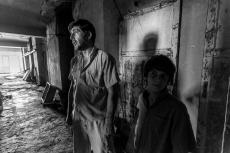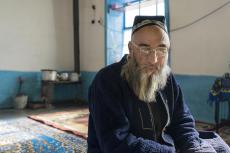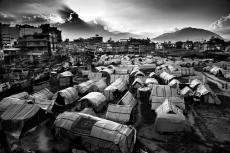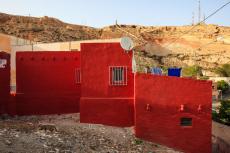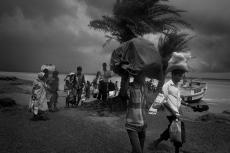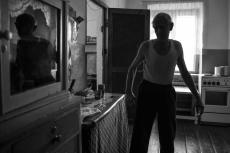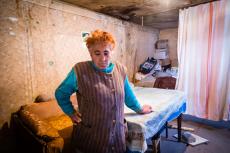Featured exhibits submitted in December 2015
We can argue about politics, the economy, religion and all we can think of, but there should be no arguments when it comes to human lives in peril. I come from a country, Greece, that has been facing the worse economic crisis in modern history and its people have been suffering more ...
Almost two decades after the war in Bosnia & Herzegovina ended the country remains threatened by nearly 120,000 landmines, buried in the ground along former front lines. As urban areas are largely cleared, people living in the remote countryside are permanently threatened by the silent hazard ...
War Landscapes is a photo project based on an exhibition and a photobook with about 100 black and white images taken in fifteen years of work in major conflict areas of the world. I took a lot of photos of despair, screaming and pain, but for this book I chose images of landscapes...
Law & Order is a rare and innovative book about criminal justice combining the world of photographic art with that of legal science. The photos reveal the daily realities of police, courts and the often hidden prison conditions in Colombia, France, Uganda and the United States of America.
Frozen Conflicts. A journey through the unrecognized frontiers of Nagorno-Karabakh, Abkhazia and Transnistria, countries and defacto independent territories which are at a standstill since the collapse of the Soviet Union. Some people live their lives like many others but have a different status...
Since 1998, I have photographed the work of the Polus Center for Social and Economic Development, a small human services organization whose international projects assist people with victims of conflict and people with disabilities. Their first efforts led to the opening of the Walking Unidos prosthetics...
In Kathmandu, Nepal, six months after the devastating earthquake in April, tens of thousands of people are still living in temporary shelters and tent areas. Rebuilding efforts after the earthquake are in chaos with the new Nepalese government and are compounded by the fuel crisis ...
La Chanca is a historically impoverished zone made up of small dwellings built into the hillside on the outskirts of Almería, Spain. The inhabitants painted their homes using whatever ingredients were available, resulting in a multicolored patchwork. Ruins still remain of a nineteenth century lead ...
In only four decades, Ghoramara has lost more than 75 percent of its territory. Erosion and sea rising due to climate change are responsible for such a loss. While experts look for scientific explanations, the island's five thousand inhabitants strive to protect what is left and get prepared for ...
Since the use of civilian nuclear energy began in the early 1950s, thousands of serious incidents have occurred in nuclear reactors scattered around the world. Three of these major incidents have marked the history and life of millions of people, past, present and future. These include...
In December 1988, a powerful 6.9 magnitude earthquake rocked the north of Armenia, killing more than 25,000 people and making over half a million people homeless. The earthquake flattened the town of Spitak and much of the nearby cities, Gyumri and Vanadzor. Three years later...





 Astrid Schulz
Astrid Schulz




